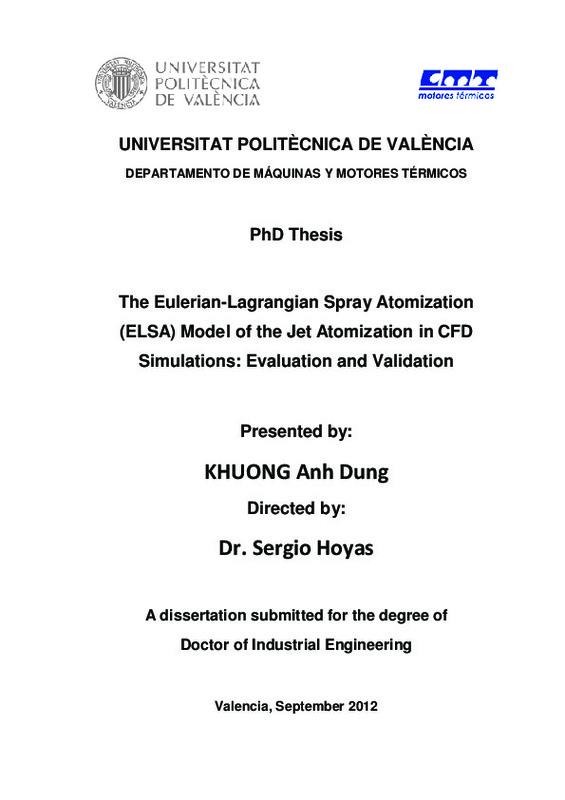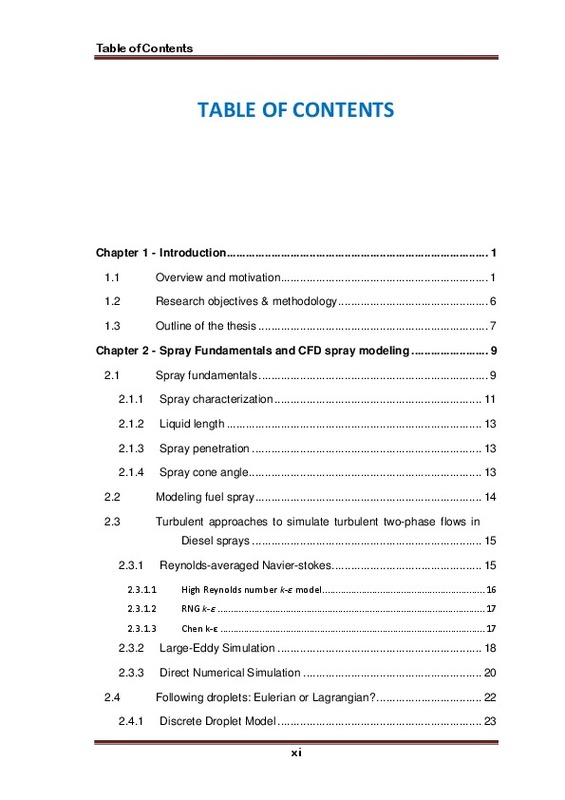- RiuNet repositorio UPV
- :
- Investigación
- :
- Tesis doctorales
- :
- Ver ítem
JavaScript is disabled for your browser. Some features of this site may not work without it.
Buscar en RiuNet
Listar
Mi cuenta
Estadísticas
Ayuda RiuNet
Admin. UPV
The Eulerian-Lagrangian Spray Atomization (ELSA) Model of the Jet Atomization in CFD Simulations: Evaluation and Validation
Mostrar el registro completo del ítem
Khuong ., AD. (2012). The Eulerian-Lagrangian Spray Atomization (ELSA) Model of the Jet Atomization in CFD Simulations: Evaluation and Validation [Tesis doctoral]. Universitat Politècnica de València. https://doi.org/10.4995/Thesis/10251/17237
Por favor, use este identificador para citar o enlazar este ítem: http://hdl.handle.net/10251/17237
Ficheros en el ítem
Metadatos del ítem
| Título: | The Eulerian-Lagrangian Spray Atomization (ELSA) Model of the Jet Atomization in CFD Simulations: Evaluation and Validation | |||
| Autor: | Khuong ., Anh Dung | |||
| Director(es): | ||||
| Entidad UPV: |
|
|||
| Fecha acto/lectura: |
|
|||
| Resumen: |
Fuel sprays play a major role in order to achieve the required combustion characteristics and pollutant emissions reduction on internal combustion engines, and thus, an accurate prediction of its behavior is required to ...[+]
|
|||
| Palabras clave: |
|
|||
| Derechos de uso: | Reserva de todos los derechos | |||
| DOI: |
|
|||
| Editorial: |
|
|||
| Tipo: |
|
recommendations
Este ítem aparece en la(s) siguiente(s) colección(ones)
-
Tesis doctorales [5399]







![Text file [Text]](/themes/UPV/images/text.png)



